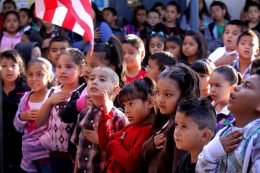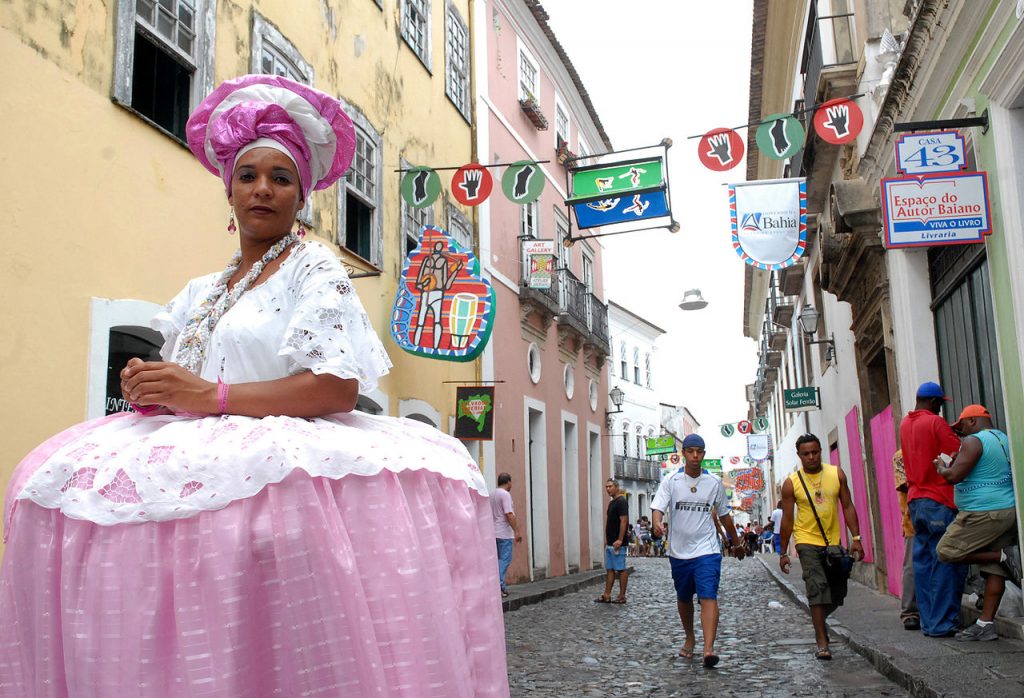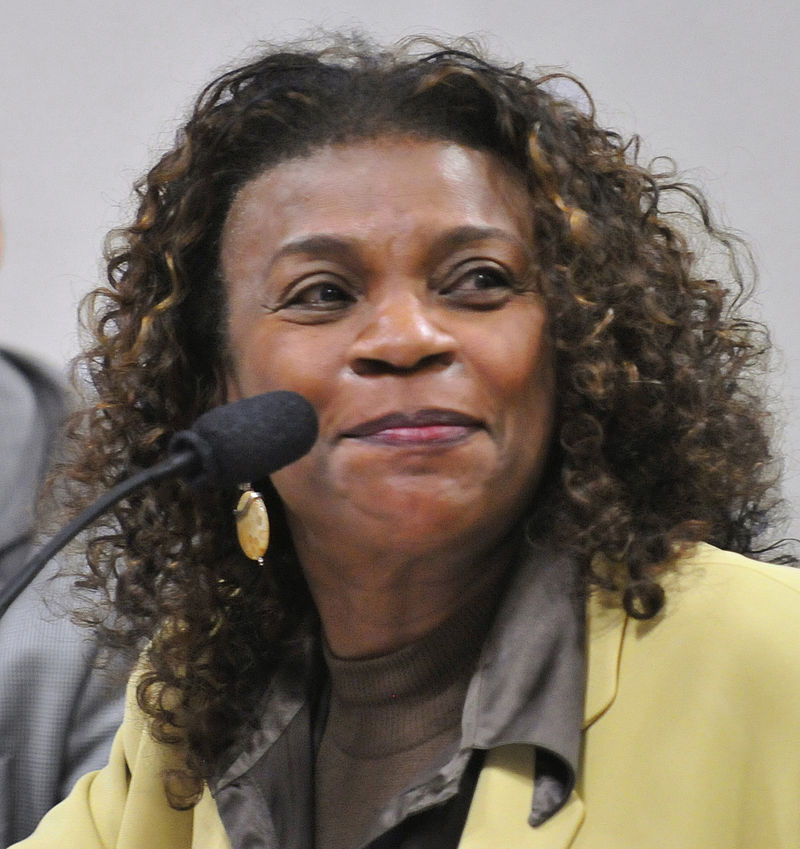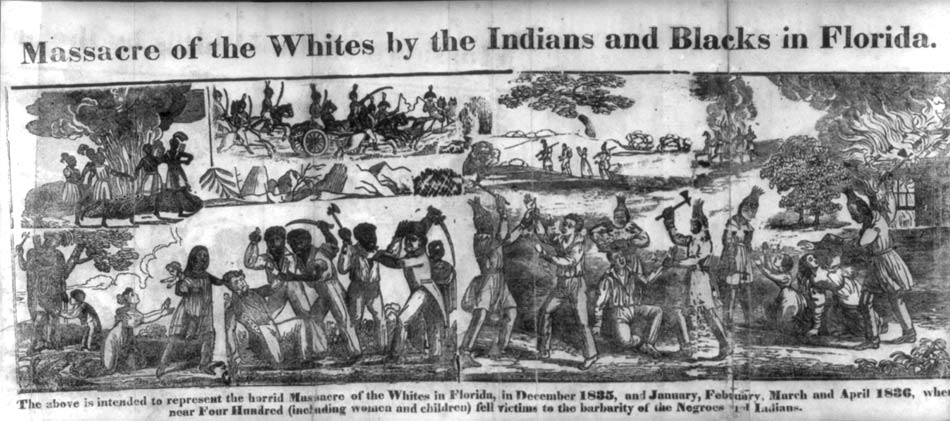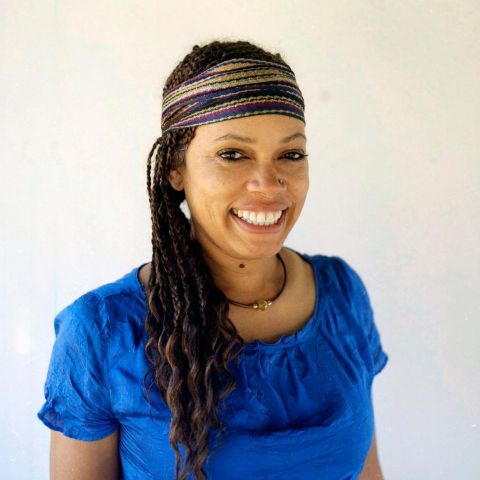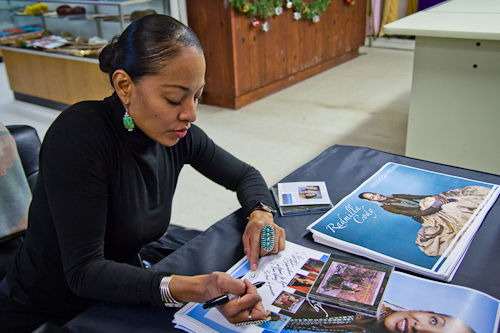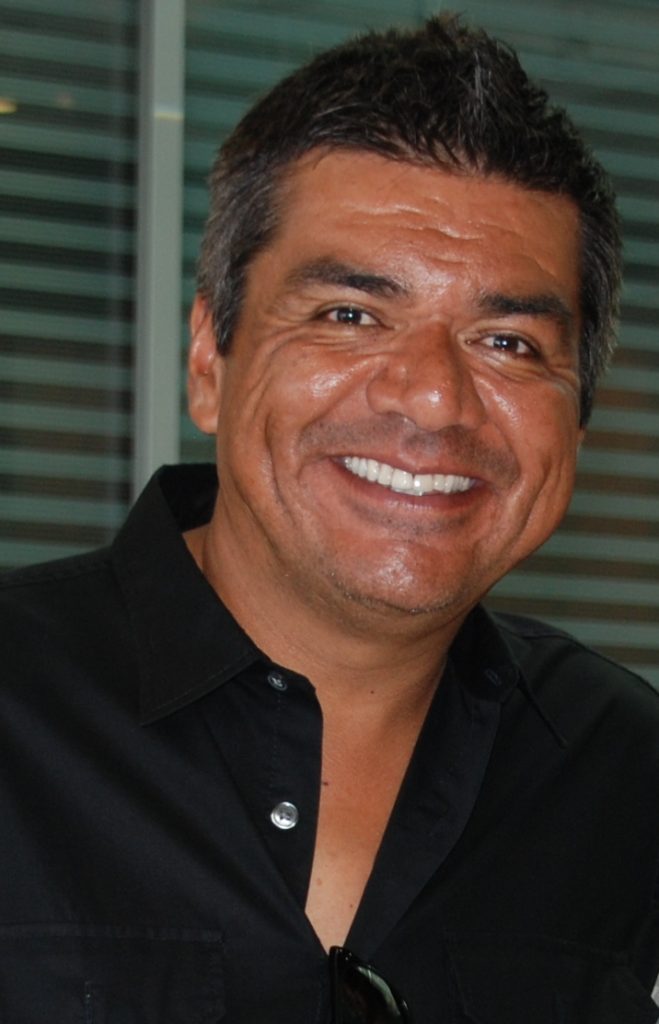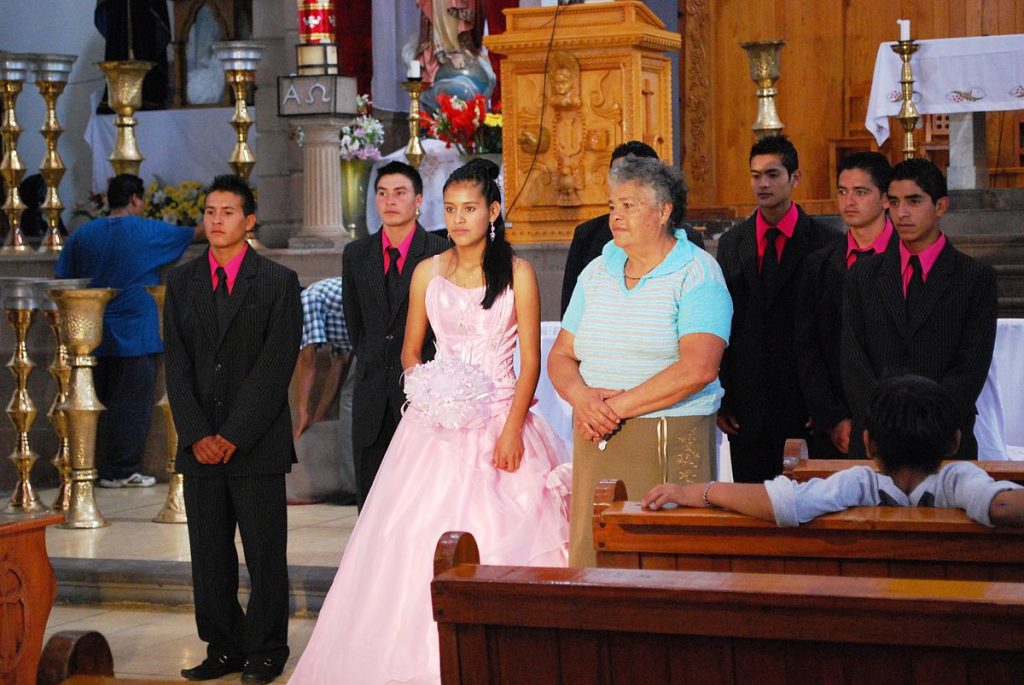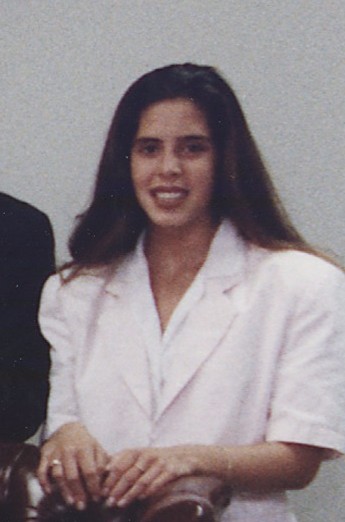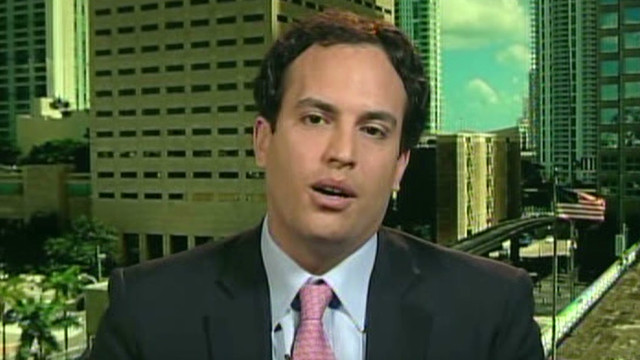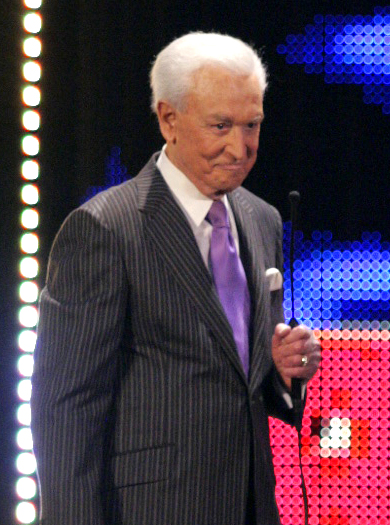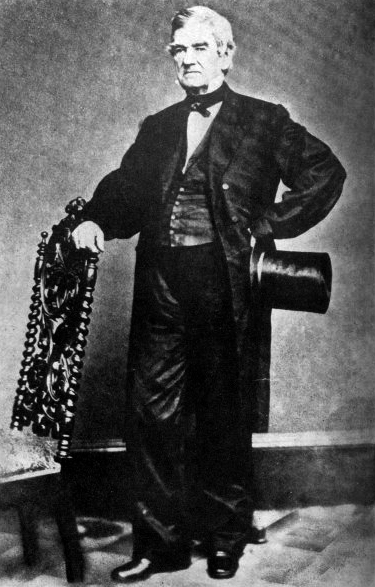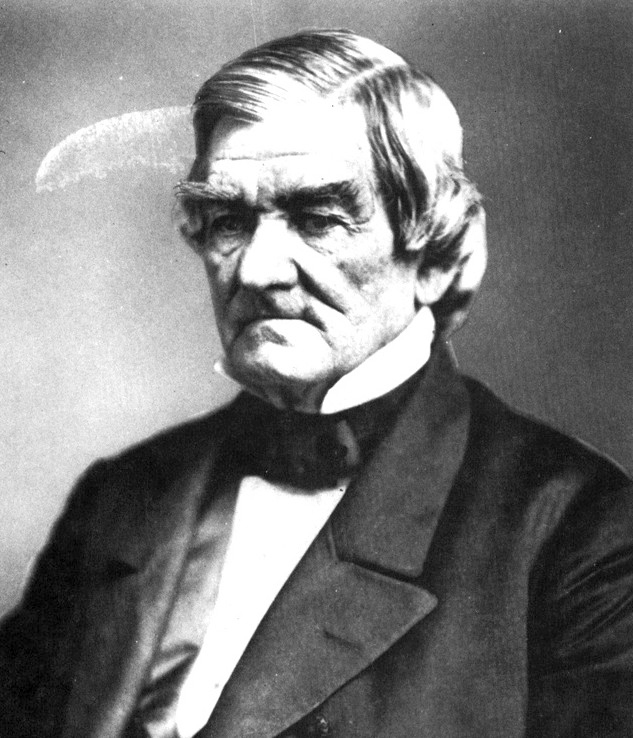What Will a Hispanic United States Look Like? Part 3
Posted By Benjamin Villaroel On In North American New Right | Comments DisabledPart 3 of 3 (Part 1 here [2], Part 2 here [3])
The Racial Makeup of America’s Hispanics
I have gone over all of this data, and made these estimates to show beyond all reasonable doubt that, racially speaking, Hispanic immigration is far from uniform. Not only do the aggregate racial mixes of countries vary immensely, so too do the mixes and regions within each country. These new arrivals are far from being one big, undifferentiated brown mass. In theory, Hispanic immigration to America could be made up entirely of Amerindians and dark mestizos – making it much less white than what it is today. Hispanic immigration could hypothetically also be made up of only majority white peoples, which would make it whiter than it is today.
In the table below, I have taken my demographic estimates of each of the nations above and calculated the percent they make up of Hispanic immigrants to the US. The only nation whose demographics are not proportional to their immigration demographics is Cuba, for reasons noted above. For each nation, “other” has been combined with mestizo for the sake of simplicity, except in Peru, where it was combined with dark mestizo.
In the table below, I have put together the similar racial groups from the different nationalities above whenever possible to make fully racial estimates.
I must stress that this breakdown is rough – quite rough. Do the rounding both in the calculations for this table and those from earlier, and this table only adds up to a total of 96.717194 percent. Plenty is taken for granted as well, particularly the shares of each race within each nation’s immigrant population.
All the same, it is valuable to know, for instance, that between a fifth and a quarter of Latin American immigrants are 62.5 percent white or more white. It is also useful to know that over one in twenty is black. These rough shares are helpful in considering the new racial groups that will be formed through the miscegenation of these new arrivals with the rest of the US population.
The Miscegenated States of America
The mixing of Hispanics with Hispanics will not create new racial types unknown to the America of today:
- Amerindians with mestizos will spawn dark mestizos.
- Amerindians with harnizos will spawn mestizos (darker than average).
- Amerindians with dark mestizos with spawn more dark mestizos (less white than average).
- Amerindians with castizos will spawn mestizos.
- Amerindians with espomolos or whites will spawn mestizos (whiter than average).
- Dark mestizos with harnizos will spawn mestizos.
- Dark mestizos with castizos will spawn mestizos (less white than average).
- Mestizos with harnizos will spawn more mestizos (whiter than average).
- Mestizos with castizos will spawn
- Mestizos with espomolos or whites will spawn castizos.
- Harnizos with castizos will spawn harnizos (whiter than average).
- Espomolos with harnizos will spawn castizos (less white than average).
- Espomolos with with dark mestizos will spawn mestizos.
- Espomolos with castizos will spawn castizos.
- Whites with espomolos will spawn whites (less white than average).
- Whites with castizos will spawn espomolos.
- Whites with harnizos will spawn castizos.
- Whites with dark mestizos will spawn mestizos.
The rates of miscegenation between all these different Hispanic types are impossible to know. All interracial marriage data treats Hispanics as a uniform racial type. However, Hispanics tend to be fairly nationalistic. When polled, those in America prefer to identify with the nation where they were born than anything else. Moreover, there are plenty of national rivalries from Latin America that are held onto by immigrants even once they reach America – much like how Chinese-Americans and Japanese-Americans do not think highly of each other. Mexicans hold their southern neighbors in low regard; Ecuador and Peru have longstanding border disputes that have gotten violent [8] on more than one occasion [9]. I could go on. As such, I imagine that “international” Hispanic marriages, even in the US, are not especially common. This will minimize the mixing of racial types somewhat, but certainly not entirely. Regardless, the mixing of any Hispanic racial type with any other Hispanic racial type will only spawn some other Hispanic racial type. What I will turn to now is the racial types that will come to be in the US as Hispanics of all kinds miscegenate with those racial groups already here.
Pardos
Pardos are those people of mixed black, white, and Amerindian ancestry – typically a substantive amount of each – and largely a Brazilian phenomenon.
Afro-Brazilians/Pardos:
Obina:
 [13]
[13]A black Brazilian soccer player who had his DNA tested [14] and learned that he was a quarter Amerindian.
But as American blacks mix with the incoming mestizos and dark mestizos, there is now an “American pardo” race being formed. Below are some imagined pairings between mestizos and dark mestizos on the one hand and American blacks on the other.
American black: 75 percent black, 20 percent white, 5 percent Amerindian.
Mexican mestizo: 5 percent black, 35 percent white, 60 percent Amerindian.
Pardo offspring: 40 percent black, 27.5 white, 32.5 percent Amerindian.
American black: 80 percent black, 20 percent white, 0 percent Amerindian.
Dark mestizo: 3 percent black, 10 percent white, 87 percent Amerindian.
Pardo child: 41.5 percent black, 15 percent white, 43.5 percent Amerindian.
American black: 90 percent black, 5 percent white, 5 percent Amerindian.
Dark mestizo: 0 percent black, 25 percent white, 75 percent Amerindian.
Pardo offspring: 45 percent black, 15 percent white, 40 percent Amerindian.
Those American pardos already in existence are those people sometimes referred to as having a “New York tan” to describe their skin tone. How large the American pardo population of 2100 will be is hard to say. On the one hand, blacks and Hispanics often view one another as rivals and enemies [15]. But at the same time, together they share the bottom of America’s economic hierarchy, a resentment towards whites, and often live in the same areas of our biggest cities. As of 2017 [16], black-Hispanic mixing was quite low, constituting only 5 percent of all interracial marriages. (By comparison, white-Hispanic mixing was 42 percent of interracial marriages, white-Asian was 15 percent, white/black was 11 percent, and Asian-Hispanic was 3 percent.) All the same, there are American pardos out there, largely in cities with significant black and Hispanic populations. A collection of photos of contemporary American pardos can be found on the blog “Blaxicans of Los Angeles [17],” and photos of their contemporaries in Latin American can be found here [18]. To what extent this new population identifies more with blacks, more with mestizos, or more as their own group will likely have great ramifications for American cultural and political life.
Zambos
Similar to pardos are zambos: half-Amerindian and half-black.
Historically, American zambos (often referred to as “black Indians [19]”) have been few and far between. Usually, they were the children of escaped slaves who managed to make it to an Indian tribe that accepted them. The tribe most involved in this migration/miscegenation were the Seminoles, so much so that the term “black Seminole [20]” was coined – though they were sometimes referred to as “maroons” as well. That occurrence was a source of great tension and conflict between white settlers and Indians in early American history, and was largely the basis for the first Seminole War (1817–1818), and the partial basis for the Second and Third Seminole Wars. These were essentially race wars between whites on one side, and blacks, Seminole Indians, and zambos on the other.[1] [21]
Blacks and Seminoles vs. whites in early nineteenth century Florida:
When the Seminoles were finally defeated in the 1850s, many black Seminoles headed for Mexico to avoid enslavement [23]. On the whole, American zambos have been too few in number to ever constitute a sizeable class of their own. They generally either stayed with whatever tribe to which their parents belonged, and thus their descendants became more and more Amerindian with each generation, or they were brought back into the circulation of slaves, where their descendants became more and more black. This is why so many American blacks have a small amount of Amerindian admixture [24], and why some American Indian tribes have black and part-black members – though not always without controversy [25]. When the Indians Wars of the nineteenth century came to a close, most Indian tribes were put on reservations in the West, Southwest, and Midwest – far from large concentrations of blacks. Still, there have been, and still are some.
George Bonga:
France Winddance Twine:
Radmilla Cody:
The American zambos of the future will be those pure and nearly pure Amerindian who mix with America’s purest blacks and those newly-arrived African blacks, such as Somalis [29], Congolese, or Sudanese [30]. I doubt too many of these mixes have yet happened, as America’s most genotypically African blacks are almost exclusively concentrated in the Deep South, a part of the country few Hispanics have yet arrived in – but, in time, they will. Below are some imagined pairings of blacks and Amerindians, with their resulting zambo child.
American black: 90 percent black, 8 percent white, 2 percent Amerindian.
Mayan Indian: 0 percent black, 0 percent white, 100 percent Amerindian.
Zambo child: 45 percent black, 4 percent white, 46 percent Amerindian.
American black: 95 percent black, 3 percent white, 2 percent Amerindian.
Dark mestizo: 1 percent black, 4 percent white, 95 percent Amerindian.
Zambo child: 48 percent black, 3.5 percent white, 48.5 percent Amerindian.
Congolese: 100 percent black, 0 percent white, 0 percent Amerindian.
Dark mestizo: 5 percent black, 2 percent white, 93 percent Amerindian.
Zambo child: 52.5 percent black, 1 percent white, 46.5 percent Amerindian.
Mestizos, castizos, & harnizos
The dark mestizos and Amerindians, about a third of all Hispanic immigrants coming into the US, will (and are now) create a caste of American mestizos.
Some imagined pairings below:
Dark mestizo: 80 Amerindian, 15 percent white, 5 percent black.
American white: 0 percent Amerindian, 100 percent white, 0 percent black.
Mestizo child: 40 percent Amerindian, 57.5 percent white, 2.5 percent black.
Amerindian: 95 percent Amerindian, 4 percent white, 1 percent black.
American white: 0 percent Amerindian, 100 percent white, 0 percent black.
Mestizo child: 47.5 percent Amerindian, 52 percent white, 0.5 percent black.
Dark mestizo: 88 percent Amerindian, 4 percent white, 8 percent black.
American white: 1 percent Amerindian, 99 percent white, 0 percent black.
Mestizo child: 44.5 percent Amerindian, 51.5 percent white, 4 percent black.
These American mestizos will look much like the mestizos of northern Mexico, and as such, like not a few of the Mexican-Americans already here, perhaps a bit whiter.
Russ Ortiz:
George Lopez:
Mexican-Americans at a quinceañera:
You could say that the mixing of Hispanic Amerindians and American whites, in a sense, produces a new variation on the average Mexican genotype. A similar racial ratio is produced, but with the European ancestry coming largely from Northwestern Europe instead of Iberia. This will also mean that there will be a population of people who will look like Mexicans, but who in actuality will have one American parent and another from Guatemala or El Salvador.
When they miscegenate with whites, the mestizos and harnizos now entering the US will create castizos in the broad sense – people between 65 and 80 percent white. This is the phenomena sometimes referred to as America’s coming “castizo future.” Imagined pairings below.
Mestizo: 50 percent white, 45 percent Amerindian, 5 percent black.
American white: 100 percent white, 0 percent Amerindian, 0 percent black.
Castizo child: 75 percent white, 22.5 percent Amerindian, 2.5 percent black.
Mestizo: 60 percent white, 30 percent Amerindian, 10 percent black.
American white: 99 percent white, 0 percent Amerindian, 1 percent black.
Castizo child: 79.5 percent white, 15 percent Amerindian, 5.5 percent black.
Mestizo: 55 percent white, 43 percent Amerindian, 2 percent black.
American white: 100 percent white, 0 percent Amerindian, 0 percent black.
Castizo child: 77.5 percent white, 21.5 percent Amerindian, 1 percent black.
Harnizo: 62.5 percent white, 20 percent Amerindian, 17.5 percent black.
American white: 100 percent white, 0 percent Amerindian, 0 percent black.
Castizo child: 81.25 percent white, 10 percent Amerindian, 8.75 percent black.
Indeed, there is already a sizeable amount of Americans with these kinds of mixings. One genetic study from 2015 of American Hispanics [34] found an average similar to those examined above: 65.1 percent white, 18.0 percent Amerindian, and 6.2 percent black. This average is at about the halfway point between the above imagined averages for American castizos and for American mestizos – essentially an American harnizo.
This is the racial group that will grow most pronouncedly in the coming decades: people between 60 and 80 percent white, with varied amounts of Amerindian and black ancestry. By 2100, between one in three and one in four Americans will be of this “American harnizo” genotype. Some examples below.
Selena Gomez:
 [35]
[35]Mexican father, white mother of entire or partial Italian ancestry. Source [36].
Demi Lovato:
 [37]
[37]Mexican father, white mother of largely Irish stock. Source [38].
Bill Richardson:
 [39]
[39]His father was white, but possibly with Mexican admixture. His mother was Mexican, though one of her parents was a pure Spaniard. Sources here [40] and here [41].
Jessica Alba:
 [42]
[42]Half-white and half-Mexican. Source [43].
It is important, however, that this genetic mix can produce a wide range of phenotypes. With so many different bloodlines in the mix, children can come out a number of different shades, even though beneath their skin is the same genetic makeup.
Perhaps the best example of the phenotypic variation that can come with Mexican mestizo and American white mixing is the family of one Jeb Bush and his Mexican wife, Colomba.
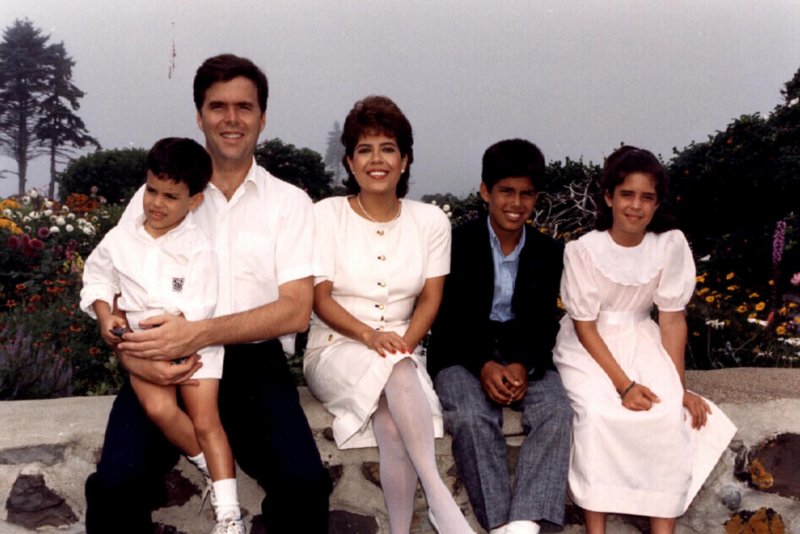 [44]
[44](The children from left to right: Jeb Jr., George Prescott, and Noelle.) As you can see here, George is considerably darker than either of his siblings; so much so that any casual observer would likely assume him to be a mestizo, while Jeb Jr. and Noelle were castizos. This is simply a testament to how random heredity can be.
Here are each of the three children alone:
Other variables will come into play as well when you are drawing from a gene pool as vast and varied as Latin America’s. Consider, for example, Linda Chavez, the GOP political commentator. She was born to a white Mexican father and a white American mother. Her DNA test results were [48] 73.31 percent white, 5.82 percent Amerindian, and 20.87 percent Middle Eastern.
The racial group in the United States most similar to the now-spawning American harnizo are those people of mixed white and North American Amerindian mixture. They, too, can vary widely in skin tone and features:
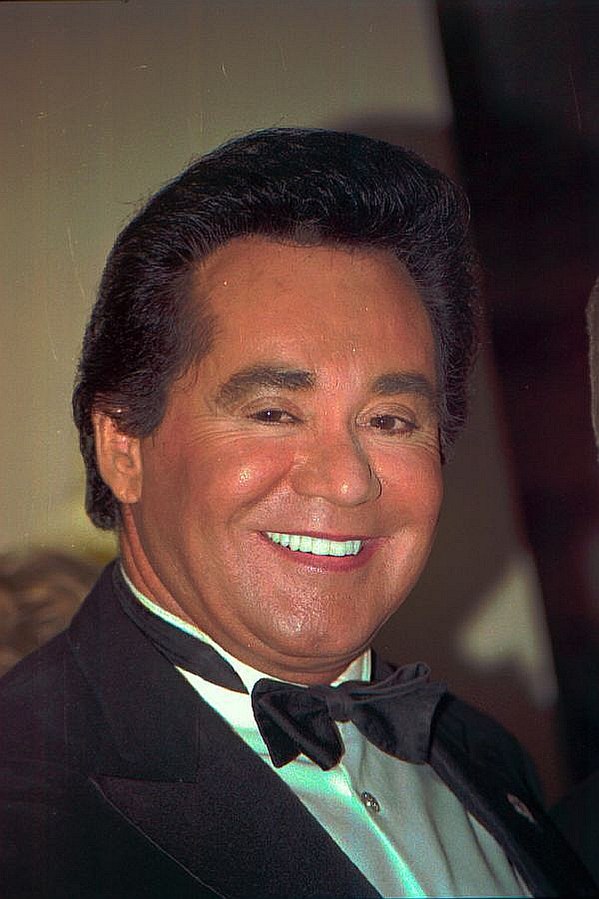 [50]
[50]Wayne Newton, half-American Indian (specifically, 25 percent Cherokee and 25 percent Powhatan) and half-white. Source [51].
 [52]
[52]Winona LaDuke, half-Ojibwe Amerindian and half-European Jewish. Source [53].
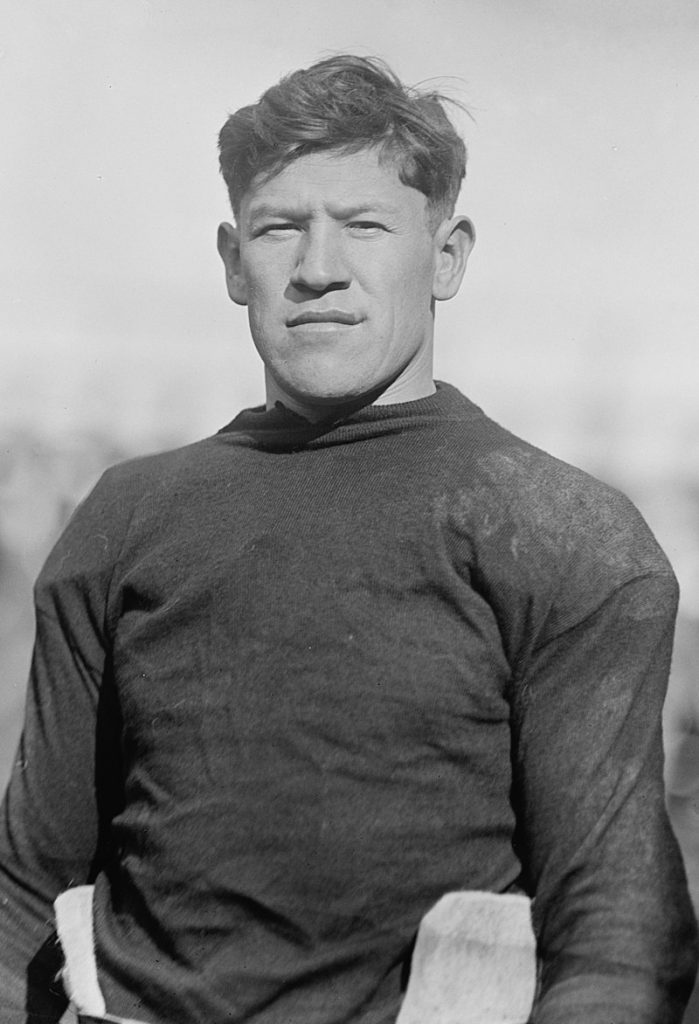 [54]
[54]Jim Thorpe (more photos here [55]).
Although his precise ancestry is debated, Thorpe was certainly at least 50 percent Amerindian, perhaps 75 percent; mixed between Potawatomi Indian, Fox Indian, Irish, and French. (Sources here [56] and here [57].)
Of course, if American Hispanics keep to themselves and only breed with each other, their children will stay in a “broad mestizo” category of 40-60 percent white, 0-15 percent black, and 40-60 percent Amerindian. But this is unlikely. In 2015 [58], 17 percent of all marriages in the United States were interracial – compared to just 3 percent in 1967 – and the most common mixing was Hispanic-white [59]. As the United States becomes both more racially diverse and more “anti-racist” in its culture and politics, the frequency of Hispanic-white mixing can only be expected to rise.
Espomolos, Latin American whites, & pure whites
As mentioned earlier, the whites of Latin America are not quite white in the standard American view.[2] [60] However, the children of a couple composed of one Latin American white and one American white will produce children who are at least 85 percent white – and they will be largely indistinguishable from pure whites. This new caste of people could be called “American espomolos,” as they are whiter than most of the castizos in Latin America – but still less white than the whites of pre-1965 America.
American actress Michelle Rodriguez is a good example of a “Caribbean white” who has more black than Amerindian blood, but far more white blood than anything else.
Her father was Puerto Rican, and her mother Dominican. According to her DNA test, she is 72.4 percent European, 21.3 percent African, and 6.3 percent Amerindian. While she is not “white” by American standards, if she married and had children by an American white, those children would blend in with white America quite easily, being 10.65 percent black (less than one eighth), 3.15 percent Amerindian, and 86.20 percent white.
Espomolos and castizos outside of the Caribbean who have children with American whites will have even whiter children, being 87.5 percent white or more, and usually less than 3 percent black. With around one in five Latin American immigrants being castizos or espomolos, this racial group will not be enormous, but not insignificant either. Its antecedent in America are those whites with small amounts of Amerindian ancestry, normally an eighth or less, who could pass for pure white.
The American game-show host has one Sioux great-grandparent, making him 87.5 percent white [63], or an “American espomolo.”
John Ross:
An important Cherokee chief in the nineteenth century, Ross was actually 7/8s white [66].
As the US becomes less white, the conception of whiteness will likely expand, just as it did in Latin America. On the whole, I believe the average “off-white” of America’s future will on average have a skin tone and facial structure similar to that of Gloria Evangelina Anzaldúa [67], who, appropriately enough, was a Leftist academic who wrote a great deal on Hispanic identity. From my Hispanic perspective, she looks white, with no qualifiers. In time, I suspect American whites will think of her in the same way.
Hispanic Asians/Hispanic Hapas
As noted above, the rate of Asian-Hispanic mixing is even lower than that of black-Hispanic mixing. At three percent of all interracial marriages, you could even argue that this combination is statistically negligible. However, it should be considered, because although right now Asians are less than six percent of the population, by 2060 they are expected to be nearly ten percent. Remember that it is actually Asians, not Hispanics (as is often assumed), that are the fastest-growing demographic. For the year 2100 [69], some projections even estimate that there will be more Asians than blacks, meaning that in 100 years, nearly half the United States might be Asian or Hispanic. Phenotypically, the mix between mestizos and east Asians generally looks like a castizo, as the Asian skin tone has a lightening effect on the skin, while the Asian features blend in with the Amerindian ones; see here [70] and here [71] for examples of this. The earlier photo of a half-Chinese Peruvian is not instructive, as Peruvians have some of the least white admixture of all the peoples we have looked at. In Spanish colonial days, there was no word for a mix between an Amerindian or a mestizo and an Asian. The Asian populations in various Latin American countries today are simply referred to by their racial origin and where they live now, as in “colombo-japones [72]” or “Nipo-brasileños [73].” I have not heard of, nor can I find, a word for their mixed descendants. Americans, then, will have to come up with their own.
The Hybrid Future
Though white advocates are certainly not fans of the mass immigration of Cubans, Puerto Ricans, and Mexicans to the United States, those are three of the whitest nations we have looked at today, and it is their white admixture that is creating the burgeoning American harnizo/castizo caste, as opposed to an American mestizo caste. If instead of Mexico, Cuba, and Puerto Rico, 75 percent of Hispanic immigrants came from Peru, the Dominican Republic, and Guatemala, the “browning [74]” of America would be happening at a much faster rate. Ironic as it may seem, American white advocates should perhaps see the low birth rates of Mexico, Puerto Rico, and Cuba as more bad than good – especially given the much higher birth rates in the less white parts of Latin America. Most countries in Central America are small, poor, and crowded. Even if Mexican immigration levels off in the near future, plenty of Central Americans will still strive to reach the US by way of Mexico. The Honduran “caravan [75]” of a few months ago may prove to be just a sample of what is to come.
It can be argued that not much can be done about the coming miscegenation and the new racial groups it will create. Even if all immigration from Latin America were permanently halted today, the Hispanics already within the US are sufficient to create new castes of mestizos, harnizos, castizos, zambos, and so on. Moreover, the birth rates of those Hispanics within the US are decidedly higher than those of its historic inhabitants [76]. Barring some kind of dramatic event, such as a civil war or the arrival of multiple strong separatist movements, this miscegenated future I have laid out, to one degree or another, will come to be. If the United States of America continues as a political entity, in a century or so the population that identifies as “white” will be about half-white as we understand the term today, and half-“white” in the Latin American sense – or even just whitish harnizos. The rest of the country, between a third and a half, will be a polyglot of mestizos, Asians, blacks, zambos, and other hybrids.
Yet, actions can still be taken to make this future whiter than it would be otherwise. Aside from the standard prescriptions of deportations and border enforcement, to whatever extent possible, Americans should treat Latin American immigration not as a whole, but on a country-by-country basis. In so doing, under whatever guise, whiter Latin American nations could be given preference over less white ones. The largely indigenous nations in the center of Central America and the center of South America, along with the various black nations of the Western Hemisphere (whether Spanish-speaking or not), should be restricted the most tightly. Cubans and Puerto Ricans should always be arriving in higher rates than Dominicans, Haitians, and Jamaicans. Mexicans, Costa Ricans, and Panamanians should always be given priority over Guatemalans, Salvadorans, Hondurans, and Belizeans. Chileans, Argentines, and Uruguayans should always have priority over Peruvians and Ecuadorians. Shifts in the origins of America’s Hispanic immigrants, for whatever reason, may well determine just how white the Hispanic third of the country ends up being. The more Amerindians and dark mestizos come, the more mestizo the US will become. The more mestizos and harnizos come, the more castizo and harnizo the US will become. You may not like either, but one is better than the other.
In a way, it is as if the Spanish Empire’s seventeenth-century strategy is defeating the British Empire some four hundred years later. When Europe first discovered the New World, the Iberian conquerors mixed, while the Anglo-Saxon pioneers segregated. Today, that mixed race – what Latin Americans sometimes call el mestizaje – has occupied the role of conqueror, and like their ancestors, they will mix with the natives of the new lands they find, and thus forever change them.
Notes
[1] [77] As the American General Thomas Jesup put it during the second Seminole War, “This you may be assured is a negro and not an Indian war.” Before him, during the First Seminole War, a military commander by the name of Andrew Jackson called the conflict an “Indian and Negro War.” [78]
[2] [79] Even Latin America’s whitest regions fall short of that standard. The IAELAP puts the average genetic makeup of Argentinians as being 65-79 percent white, 2-4 percent black, and 17-31 percent Amerindian. For “Euro-Brazilians,” it is 67-86 percent white, 7-21 percent black, and 7-12 percent Amerindian. For Venezuelans of a “high socioeconomic level,” it is 75 percent white, 8 percent black, and 17 percent Amerindian.
